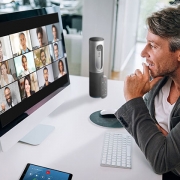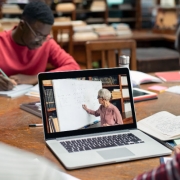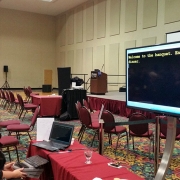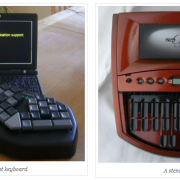Blog
How a business can get the most out of lockdown with live captioning
/0 Comments/in Live captioning services /by garyirelandWell, unfortunately, it looks like there’s a second lockdown on the way.
While rules are different across each member nation of the UK, the end result is the same; stay home if you can.
For millions that means working from home, with many people just beginning to return to work after the first lockdown.
But for businesses, it represents an opportunity to learn from their mistakes the first time round.
With Zoom meetings, Skype calls, and online conferences taking over the business world, it makes sense to get the most out of a bad situation by implementing live captioning. Read more →
3 reasons why your Zoom meeting should have live captions
/0 Comments/in Live captioning services /by garyirelandThe Covid-19 pandemic took the world by surprise, with practically everything about modern life changing as a result.
Some things that happened were obvious, such as the airlines having a hard time staying afloat with all flights being grounded. But other things happened that no one expected. Read more →
3 places live captioning should be used
/0 Comments/in Live captioning services /by garyirelandLive captioning delivers an inclusive experience for the deaf, hard of hearing, and those who have English as a second language.
As a person is speaking, a speech-to-text-reporter (STTR) types out verbatim what is being said, with the transcript appearing on a screen for everyone to read.
The simple solution never interferes with what’s being said, while at the same time helps keep everyone in the loop with what’s going on.
Below are the three main places where live captioning should be used. Read more →
What the best captioning companies all have in common
/0 Comments/in Live captioning services /by garyirelandCaptioning companies solve particular and distinct problems, so the market for them is relatively small. But like most things in life, there is a range of professionalism, competence, and quality, even within this small industry.
Good captioning companies get the job done, but great captioning companies go above and beyond. To spot one of the great ones, you need to look at the following three things… Read more →
Live Captioning for Conferences, Universities, and Learning Providers
/0 Comments/in Diversity and inclusion, Live captioning services /by garyirelandWith the Covid-19 pandemic showing no signs of going away, our “new normal” will involve social distancing, greater hygienic practices, and a lot more people working from home or online.
Unfortunately, these new norms will create even greater difficulties for deaf and hard of hearing people.
The answer may lie in live captioning. Read more →
Live captioning for education and higher learning
/0 Comments/in Live captioning services /by garyirelandFor deaf and hard of hearing students, lectures can be more than a challenge.
It’s difficult enough trying to hear someone in a crowded lecture hall, but add in other factors like background noise, low-quality microphones, or difficult subject matter, and even those without hearing problems struggle.
Luckily, there is a simple solution to the problem – live captioning. Read more →
Stenographer, palantypist, and transcriptionist – what’s the difference?
/1 Comment/in Live captioning services /by garyirelandWhen you think of a stenographer, you probably picture someone sitting in a courtroom, frantically typing out everything that’s being said, but this is just a simplified version we see on TV.
In reality, it’s more complicated than that, and once people start using words like typist, palantypist, and transcriptionist, then things really start to get confusing. Read more →
Resources for Deaf Students – Funding & Application
/0 Comments/in Live captioning services /by Tina LanninSupply the best captions & retain valued employees
/0 Comments/in Live captioning services /by Tina LanninHow having the best captions can help
Consider how appropriate support and the best captions can bring added benefits to your business.
Do you know how many of your employees have hearing loss?
Chances are it’s more than you think. 15% of all adults have hearing loss. And as only 16% of hearing impaired employees wear a hearing aid, the majority remain invisible.
With employees working to an older age and young people at increased risk of hearing loss, the number of staff members who have trouble hearing is only going to increase.
So, what can you do to ensure valued employees can keep working?
1. Ask the experts
It can be hard for employers to know how to get the best captions and support for their employees. So we suggest the first thing you do is to ask them what they feel they need.
If that still leaves queries, it’s time to call in external experts. In the UK organisations can benefit from Access to Work, a government scheme that provides free assessments of disabled employees’ needs.
An alternative is to ask a company with disability expertise for advice. They will assess your employee and advise on the best captions, equipment and other services to help.
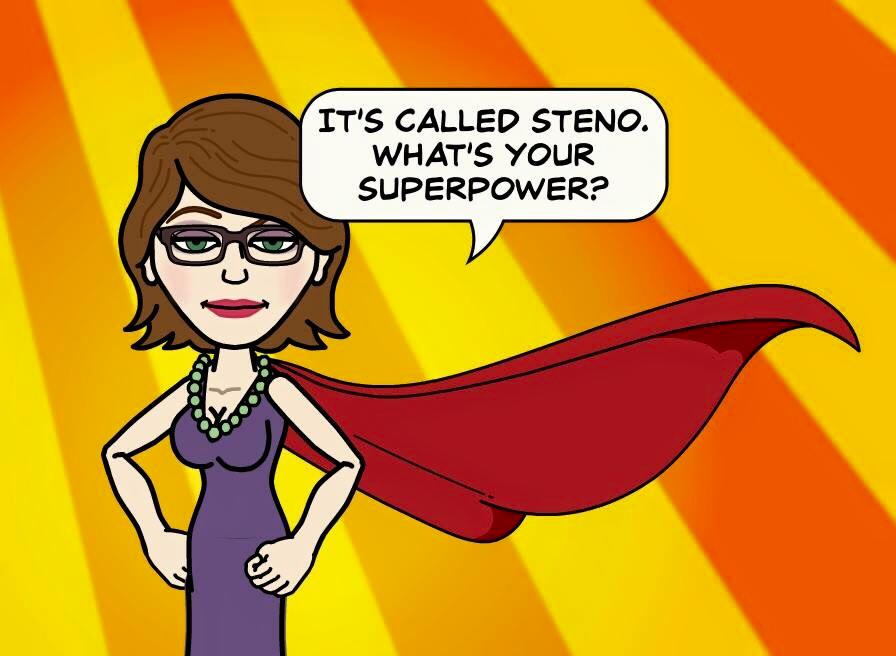
2. Provide the best captions and support
The best captions and support for your employees don’t have to cost a lot. In fact, much of the support you can offer requires an outlay of just time and effort. Examples of positive support include:
• Getting your employee’s attention before you speak
• Facing them so they can lipread
• Giving them first choice of the seats in a meeting room
• Communicating via email or instant messaging
If employees need extra support like equipment or live captioning, you needn’t worry about the best captions or support blowing your budget:
• In the USA, your business may be eligible for up to $5000 tax credits
• In the UK, Access to Work may fund all or part of the cost.
Finding the best captions
Want your employees with hearing loss to understand and participate fully in meetings, training and seminars? Live captioning is the answer.
A range of companies offer captioning. But how do you work out who supplies the best captions?
You could take time to read through all the websites to compare services. So, for example we emphasise how our live captioning:
– Streams up to 300 words per minute
– Appears with less than 1 second time lag
– Streams naturally word by word rather than in chunks of text.
But the simplest way to assess what the best captions are is to test them. That’s why we offer a FREE trial of remote, live captioning so you can compare what we believe are the best captions on the market to those offered elsewhere.
Contact us today to see for yourself what the best captions look like.
What have you got to lose (except valued employees…)?
 Lisa Caldwell works freelance as an accredited Phonak Roger Pen trainer with Credo Communications. You can catch up with her at credocommunications@gmail.com
Lisa Caldwell works freelance as an accredited Phonak Roger Pen trainer with Credo Communications. You can catch up with her at credocommunications@gmail.com



